#INDIGENOUS CONTEMPORARY ART
Photo

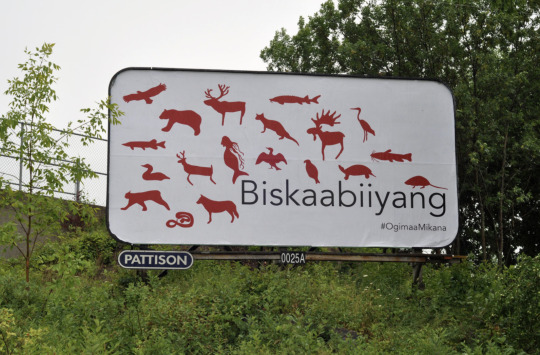


Ogimaa Mikana. Don’t be shy to speak Anishinaabemowin when it’s time. Bayfield St., Barrie, Ontario; Biskaabiiyang. North Bay, Ontario; Untitled (All Walls Crumble). Ottawa, Ontario; Anishinaabe manoomin inaakonigewin gosha. Peterborough, Ontario.
Ogimaa Mikana is an artist collective founded by Susan Blight (Anishinaabe, Couchiching) and Hayden King (Anishinaabe, Gchi’mnissing) in January 2013. Through public art, site-specific intervention, and social practice, we assert Anishinaabe self-determination on the land and in the public sphere.
The Ogimaa Mikana Project is an effort to restore Anishinaabemowin place-names to the streets, avenues, roads, paths, and trails of Gichi Kiiwenging (Toronto) - transforming a landscape that often obscures or makes invisible the presence of Indigenous peoples. Starting with a small section of Queen St., re-naming it Ogimaa Mikana (Leader's Trail) in tribute to all the strong women leaders of the Idle No More movement, the project hopes to expand throughout downtown and beyond.
“The Anishinaabeg endure. We do so through settler colonial time, and across space. We do so in contention. Untitled (All Walls Crumble) considers this movement. To be Indigenous in the city is so often a struggle for recognition, to be seen, and to resist the erasure that is common in Toronto, Montreal, Ottawa, etc. Yet with recognition also comes appropriation and co-optation. In this unease, we consider the benefits of erasure, or at least, covert movement.
Inspired by stories of our relatives and ancestors counting coup, and Basil Johnson’s description of warfare more generally, the Ogimaa Mikana Project considers the tension between visibility and invisibility to challenge settler colonial logic. Against a crumbling wall holding up Ottawa’s major highway - scheduled for demolition and replacement - we draw attention to the ways the settler state recycles itself, and by extension, affirms its legitimacy. We see it and resist in provocative ways that mirror a there/not there presence.
Against this crumbling wall, we reclaim space for an anti-recognition: to speak to each other, as Anishinaabeg, as communities pushed out by gentrification, as the colonized, and offer a refrain and a sign of defiance: “Wakayakoniganag da pangishin. Nin d'akiminan kagige oga ahindanize.”
#Ogimaa Mikana#susan blight#Hayden King#anishinaabeg#anishinaabe#Anishinaabe artist#anishinaabeg artists#Anishinaabe Art#indigenous art#INDIGENOUS CONTEMPORARY ART#contemporary art#public art#place-naming#intervention#art intervention#contemporary anishinaabe art#indigenous collective#indigenous artist collective#Anishinaabemowin
855 notes
·
View notes
Text

enn rooz | mihkokwaniy | rose (2023)
13 cm by 11 cm
a free form medallion i beaded for my graduation outfit! referencing Métis floral beadwork to honour my culture
#pls reblog haha#beadwork#my work#métis beadwork#indigenous art#métis art#otipemisiwak#michif#indigenous#contemporary art#indigenous contemporary art#rose#wild rose#material culture#canadian art#canadian contemporary art#beading#beader
345 notes
·
View notes
Text

Little swamp on the way to Obun by Indigenous artist Waal-Waal Ngallametta (1944-2019)
351 notes
·
View notes
Text

“Deer Dance” Oscar Howe. Casein on paper. 1960
348 notes
·
View notes
Text

Waiting for the Bus (Anadarko Princess), T. C. Cannon, 1977
Lithograph on paper
30 ⅛ x 22 ½ in. (76.5 x 57.2 cm)
Smithsonian American Art Museum, Washington, DC, USA
#art#painting#tc cannon#contemporary art#20th century#indigenous art#native american art#1970s#lithograph#print#smithsonian american art museum#kiowa#caddo
67 notes
·
View notes
Text
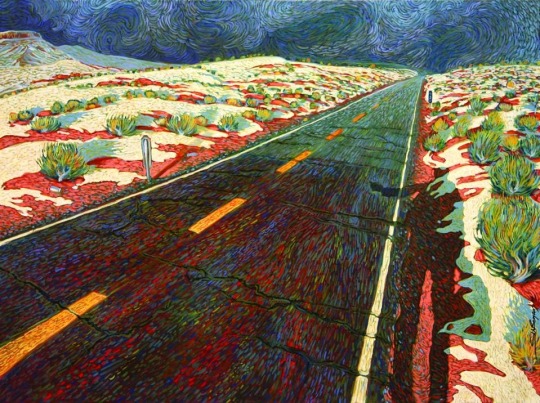
Shonto Begay, (Navajo, b. 1954) • Homeward Bound • 2016 • Acrylic on canvas • Medicine Man Gallery
#shonto begay#navajo artist#native american painter#art#painting#fine art#art history#21st century art#contemporary painting#acrylic painting#art blog#pagan sphinx art blog#american artist#native american heritage month#indigenous artist#navajo nation
98 notes
·
View notes
Text

Luke Parnell, Bear Mother, 2019, Digital Drawing, Inkjet on 100% Cotton Rag Paper
#Luke parnell#art#contemporary art#artist#contemporary artist#canadian art#indigenous#indigenous art#indigenous artist#digital art#Wilp Laxgiik Nisga’a#Nisga’a#Haida#northwest costal art
169 notes
·
View notes
Text
"Indigenous Americans" at STRAAT Gallery.
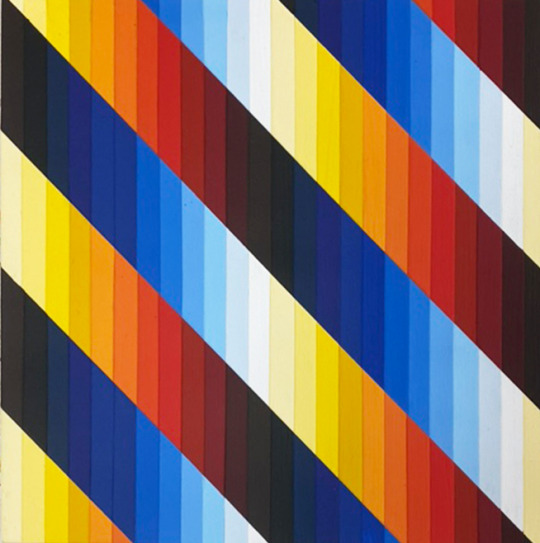



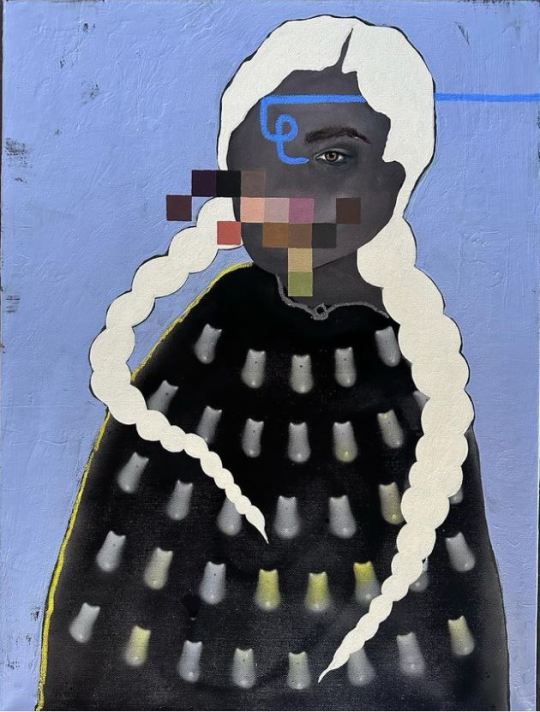

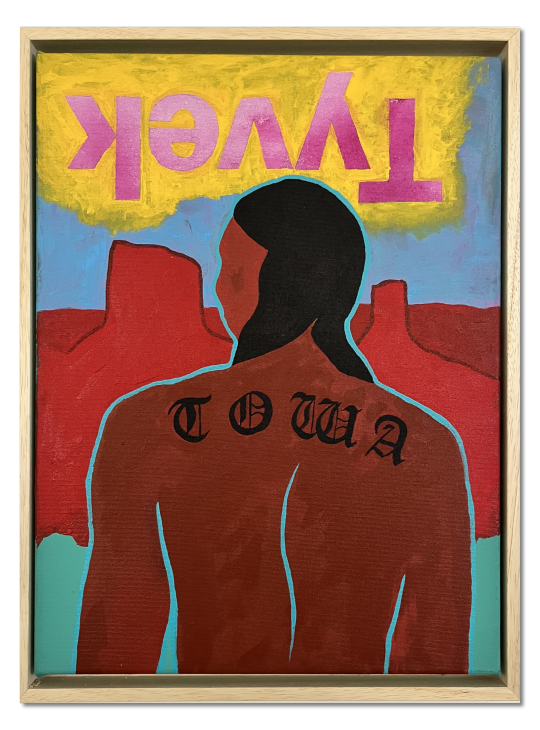

Currently on view at the STRAAT Museum and gallery in Amsterdam, Netherlands is the group exhibition, "Indigenous Americans: Post Colonial Expressions." This exceptional exhibition features the work of four eminent contemporary artists of Native American heritage, including Jaque Fragua, Danielle SeeWalker, Kaplan Bunce, and Anthony Garcia Sr.
In line with the institution's enduring commitment to familiarizing the public with the multifarious dimensions of global street art and graffiti culture, this exhibition pays tribute to a less-recognized subculture therein. "Indigenous Americans: Post Colonial Expressions" addresses the unifying spirit that pervades a culturally diverse society, while also highlighting the deep-seated historical connections of Indigenous artists and their continued engagement with public space painting.
Kaplan Bunce, one of the participating artists, has remarked, "To me, the contemporary urban art landscape resembles a fusion of culture-rich exchanges of artistic practices from around the world. I perceive unity within the community, and by perpetually embracing my Indigenous identity in these spaces, I am forging ahead on a path created by those who have left their marks on walls since time immemorial."
The exhibition is on view until June 11th, 2023.

THE SUPERSONIC ART SHOP | FOLLOW ON INSTAGRAM
#art#painting#indigenous americans#native american#native american art#fine art#contemporary art#straat museum#kaplan bunce
172 notes
·
View notes
Text
An update >:)
#indigenous art#indigenous artist#wip#acrylic on wood#mixed media#acrylic painting#queer artist#bumblehaven#my art#painting#contemporary art#female artist#twospirit#cree#michif#otipemisiwak#artist on tumblr#artists on tumblr#emerging artist
23 notes
·
View notes
Text
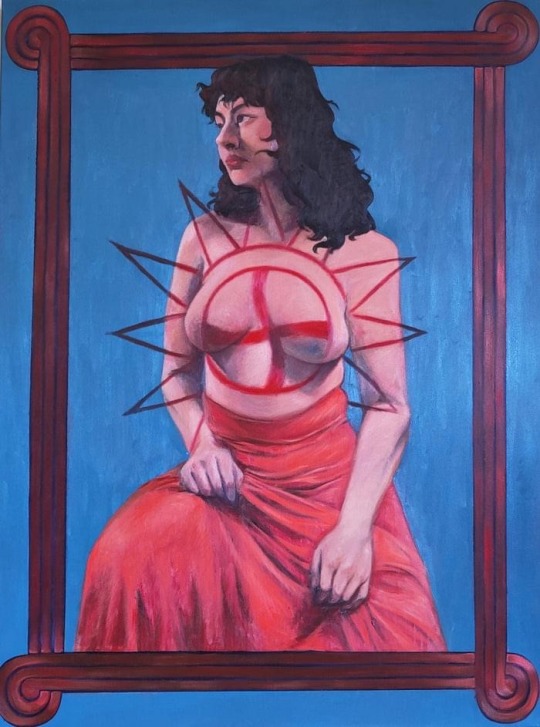
Intrinsically Connected by Madeline McBride (Cherokee Nation), 2024
13 notes
·
View notes
Text
For #WorldBearDay:
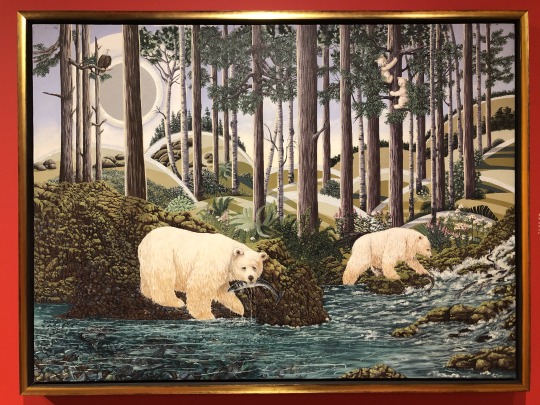
White Spirit Bears by Apache elder Judy Tallwing (b. 1945), 2012. Resin/silver/garnet/sterling/acrylic/copper/diamonds on canvas. From American Visionary Art Museum's "The Secret Life of Earth" show in 2019.
BTW "Spirit Bear" aka "Ghost Bear" aka Moksgm'ol isn't a Polar Bear; it's a rare white morph (NOT albino) of the Kermode Bear, a subspecies of American Black Bear (Ursus americanus kermodei) endemic to coastal British Columbia. It's BC's official mammal & sacred to the region's First Nations peoples.

Mother and cub at Spirit Bear Lodge, Klemtu, BC. Image: Wikimedia Commons.
#Spirit Bear#Ghost Bear#Moksgm'ol#Kermode Bear#American Black Bear#bear#bears#World Bear Day#contemporary art#2010s#American art#Indigenous art#American Visionary Art Museum#The Secret Life of Earth#museum visit#exhibition#painting#mixed media#wildlife art#animal holiday#zoology#mammalogy#taxonomy#color morph#animals in art
94 notes
·
View notes
Photo

Annie Pootoogook | Lovers’ Embrace. 2004
I keep coming back to Annie. An incomparable artist and storyteller. She is deeply missed but her genius, care and strength lives on through the worlds she drew.
#annie pootoogook#inuit#inuit art#contemporary inuit art#indigenous art#INDIGENOUS CONTEMPORARY ART#drawing#contemporary drawing#inuit drawing#indigenous drawing#pencil crayon#lovers embrace
522 notes
·
View notes
Text


let's meet at the confluence (2024)
The New Gallery's Billboard 208
January 27th - June 30th, 2024
let’s meet at the confluence is a suggestion to all Calgarians to consider the site where the Elbow flows into the Bow river and question how settler-colonial history is privileged in public and site specific art. The piece references the different histories of gathering at the confluence of the waters, histories that long predate Calgary, Alberta. Despite histories of Indigenous uses of the land, queer cruising, sex work, trade, the arrival of the railway, and the North West Mounted Police, the site of the confluence is often overlooked and rarely used as the great meeting place that it once was. The simple map and text invites an audience of all backgrounds, Indigenous and non-Indigenous alike, to make their way from the The New Gallery along the Bow river to the confluence viewpoint and to consider their proximity to one another. The text is in English and the word confluence is repeated in multiple languages including Blackfoot, Cantonese, and Cree to honour the artist’s Michif roots and the specific location of the billboard on Treaty 7 and in Chinatown, pointing to the history of many different people living along the rivers.
#my work#this is on my professional website too but i like posting my work here teehee#riel text#contemporary art#art gallery#artist run centre#calgary alberta#mohkinstsis#métis#michif#métis art#indigenous art#indigenous contemporary art#illustration#confluence#bow river#elbow river#alberta#prairies#public art#billboard#blackfoot#cantonese#artist#art school#queer art
100 notes
·
View notes
Text

Autumn Skye 🎨🖌 @autumnskyeart
The Fellowship, 2023, acrylic on canvas, 36 × 18 inches.
#autumn skye#women artists#contemporary art#wildlife#bear#bears#salmon#eagle#sealion#indigenous americans
20 notes
·
View notes
Text

Aurora Meets Kokopelli, beadwork by Margaret Nazon
#beadwork#space art#indigenous#indigenous art#northwest territories#bead art#space#science art#blue#abstractart#modern art#contemporary art#aurora#northern lights
24 notes
·
View notes
Text


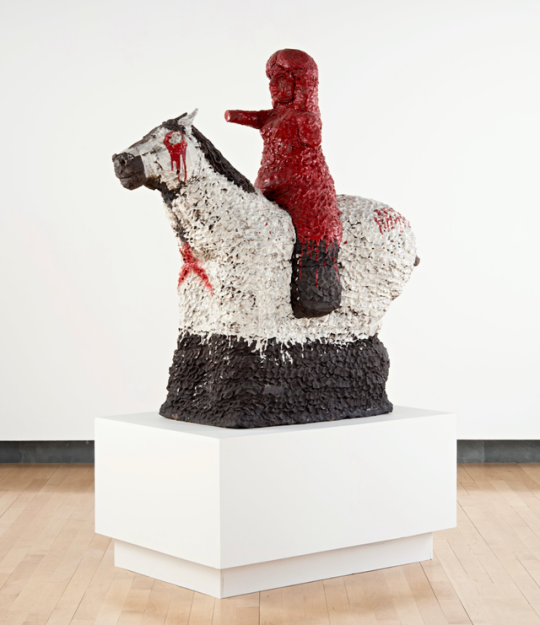
Raven Halfmoon’s (Caddo Nation) stoneware sculptures embrace the monumental. The artist, whose first major solo exhibition, Raven Halfmoon: Flags of Our Mothers, opened on June 25 at The Aldrich Contemporary in Connecticut, situates her work within the canon of Caddo culture and production.
The show encompasses themes of power and Indigenous identity and perspective, and makes space for the stories of Indigenous women.
#raven halfmoon#art#cermaics#sculpture#stoneware#caddo nation#indigenous artist#aldrich contemporary
47 notes
·
View notes